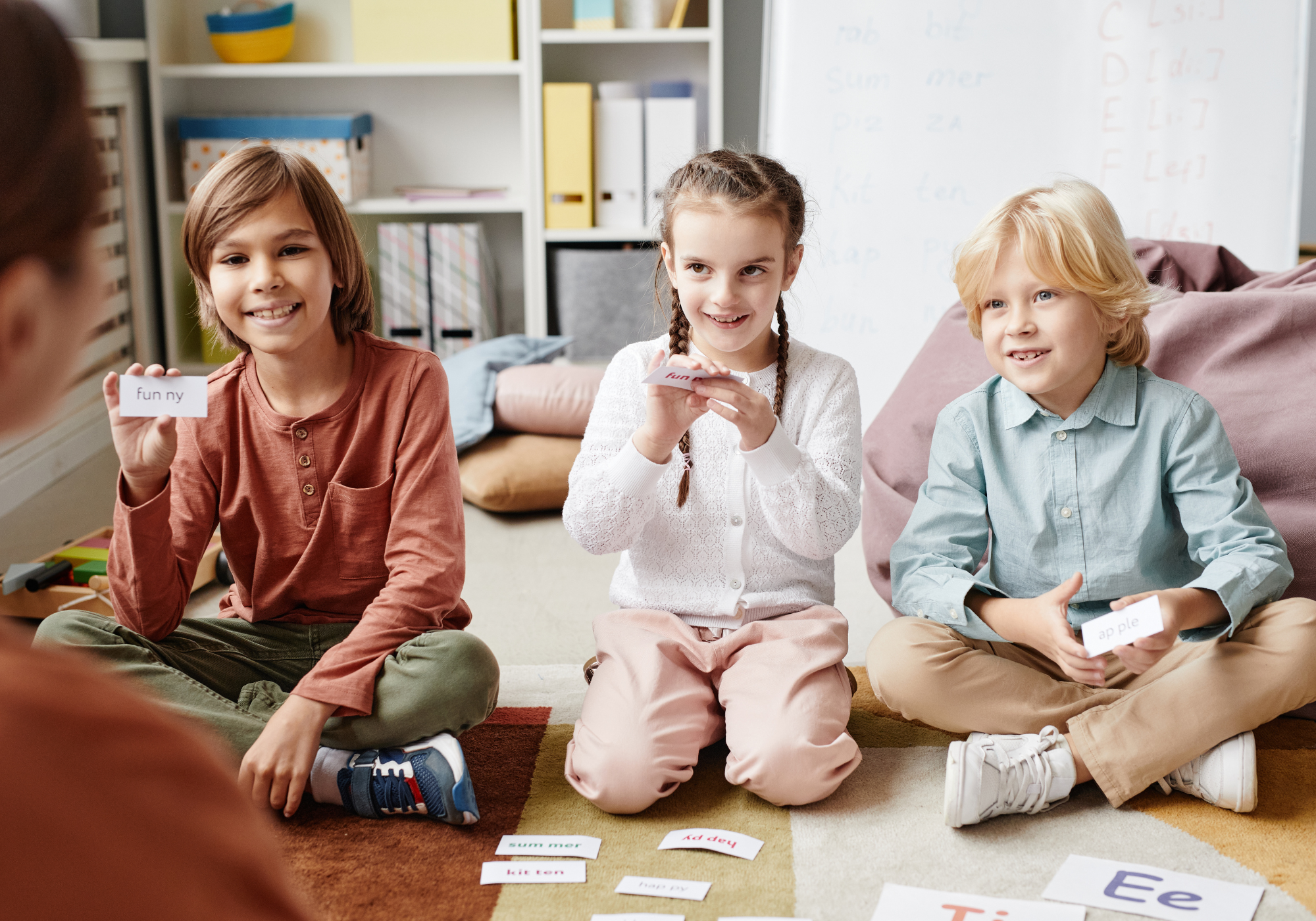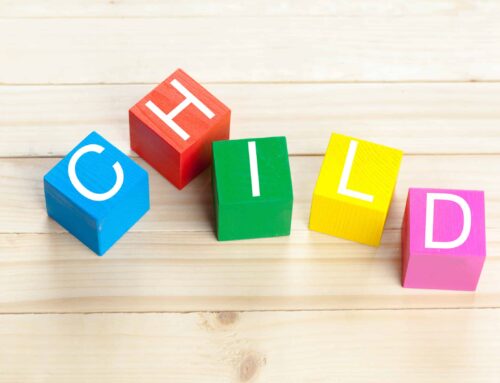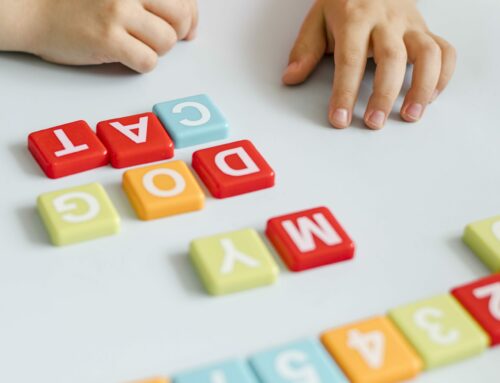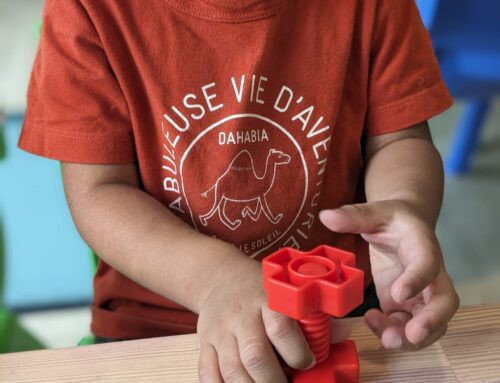When talking about children’s learning, we are primarily talking about joy and the balance between play and education. A child should be more engaged in the process and, as a result, learn more quickly.
In our school, we focus on the atmosphere around children — it’s important to maintain “the feeling of play” throughout the entire educational session. It may sound complex, but it’s simple to start creating this environment. You just need to remember that the core principle here is maintaining the game mood.
The games below don’t require special equipment or instruments. In the Garden Academy, we usually use them between educational sessions or as quick exercises. These games are simple and quick activities for children, yet they have a significant educational impact.
Game “Letter or life”
This game focuses on developing alphabet and word-learning skills. You think of a word, and the child tries to guess it by sequentially selecting the letters, trying to reveal the right one and assemble the word. The child has only 10 lives. Here’s what you need to do:
1. Think of a word and draw the number of blank spaces equal to the number of letters in the word.
2. As the child tries to guess the next correct letter, you can either write it down in the word or count the letter as a mistake and deduct one life for each incorrect letter (you may use two different colours for correct and incorrect letters).
3. Complete the word together with the child! You can give hints to help him.
This game focuses on learning the alphabet while also reinforcing word memorization, as the child tries to choose the correct letters!

Game “Touch the apple!”
The purpose of this game is to combine learning with physical activity. You need to prepare a small space with printed or drawn pictures placed on the walls, tables, or other pieces of furniture. The child’s task is to touch the appropriate picture.
1. Prepare pictures of fruits, animals, or any other category of words you want to learn with the child.
2. Stick the pictures on the walls.
3. Name objects. When the child hears the word “apple”, for example, he should touch the picture of it.
This game is simple and doesn’t require much preparation, yet its impact is significant. As the child plays, he continuously remembers the words and forms associations with its meaning.

Game “The right colour?”
This game is great for learning colours. The goal is for the child to find as many items as possible of a specific color and sort them.
1. Prepare boxes or jars for different colours—for example, a jar for green, blue, etc.
2. Set a time limit for the child: 1, 2, 3… minutes to collect the items.
3. Start the game! The child will collect items and place them in the boxes according to their colour. You can have multiple rounds to motivate your child to collect more!
The game “The Right Colour?” focuses on making associations. The child remembers the color and its meaning and uses this knowledge in practice. As a result, he will learn colours more effectively!

Game “1 Letter = 10 Words”
This game focuses on word associations and learning skills. At the Garden Academy, we emphasize vocabulary learning in our classes because effective studying includes exploring new words. For this game, you only need a few pens and paper or any surface to write on.
1. Write a letter and ask the child to tell you as many words as they can that start with that letter.
2. Write down these words and move on to the next letter.
3. Track progress, motivate the child, and give him hints!
This game is simple and suitable for children who have already learned some vocabulary. It’s a great quick game because it doesn’t require any special materials.

Game “Colours Associations”
This game is a simple exercise focused on learning colours. It’s similar to the previous colour game, but it feels like a different activity for the child. This game combines physical movement with colour memorization.
1. Name a colour, and the child’s goal is to touch an object of that colour.
2. Name another colour, and the child will move to that colour, then to the next one, and so on.
3. Change the order of the colours! Let the child search for the needed colours and have fun doing it!
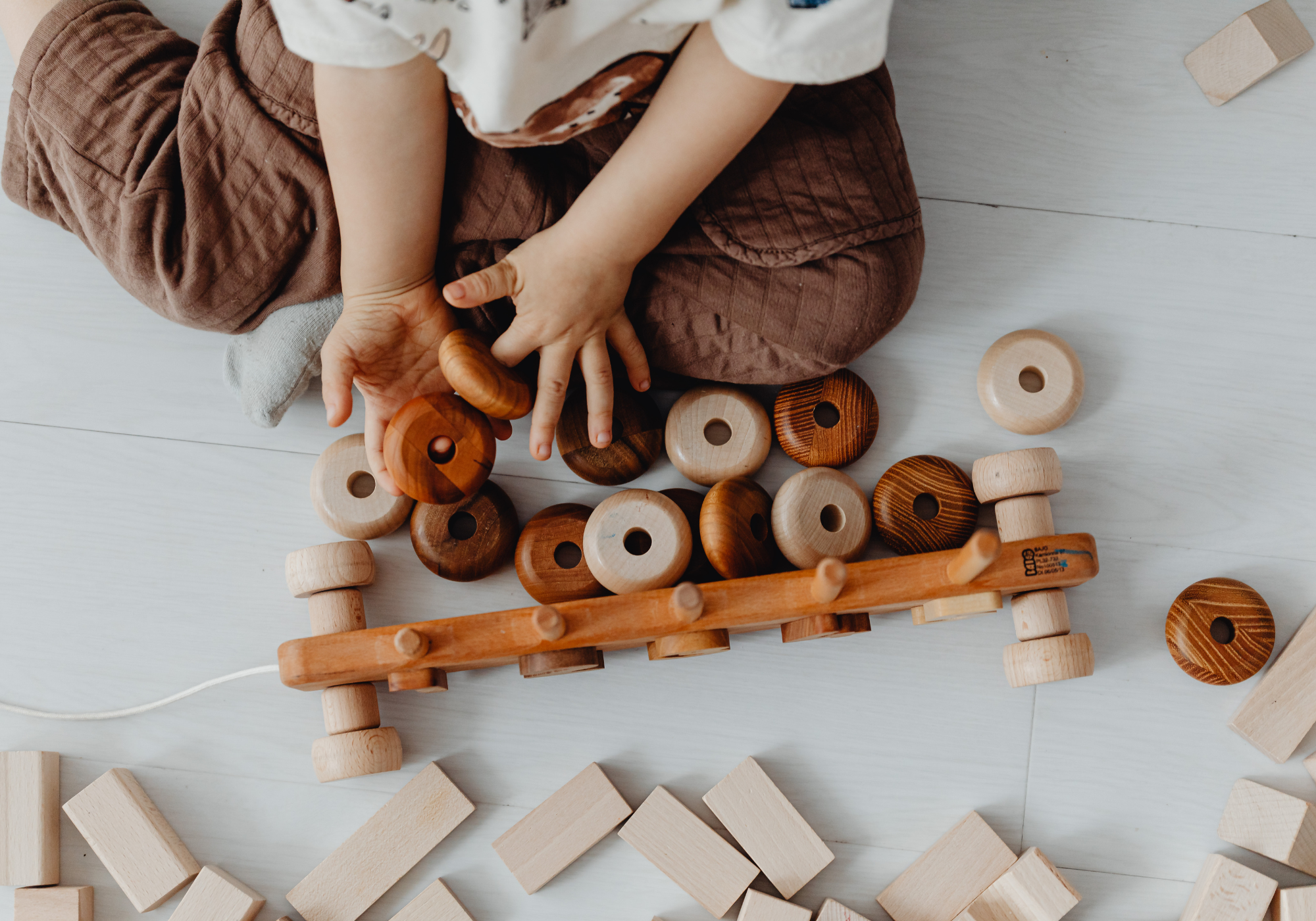
All the games above are simple and don’t require any special equipment. However, these games are powerful exercises that help accelerate your child’s learning, teach the alphabet, and enrich their vocabulary.
To motivate your child further, you can use a scoring system: give him stars for the correct answers or use small prizes. Remember, these games should be fun first, with educational content built in.
To make learning even more effective, surround your child with English songs and videos. We have prepared a special selection of educational songs for your child here. Have the best education time together!
